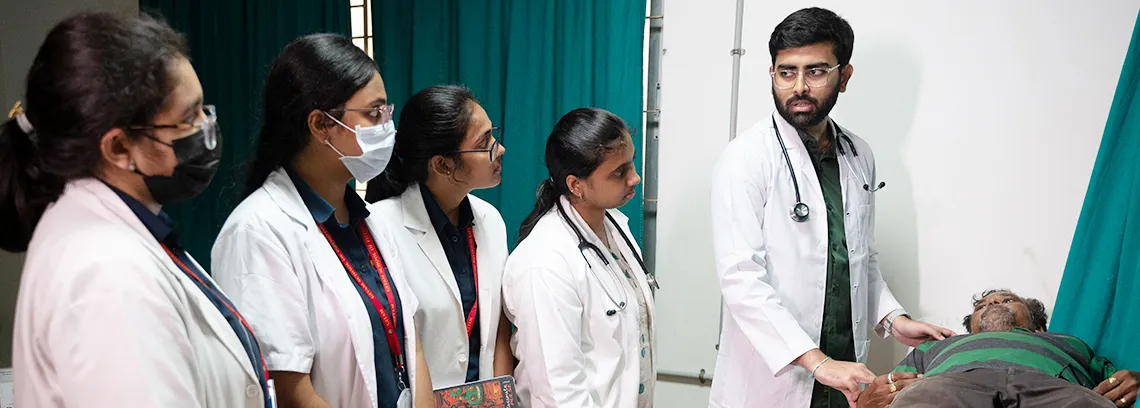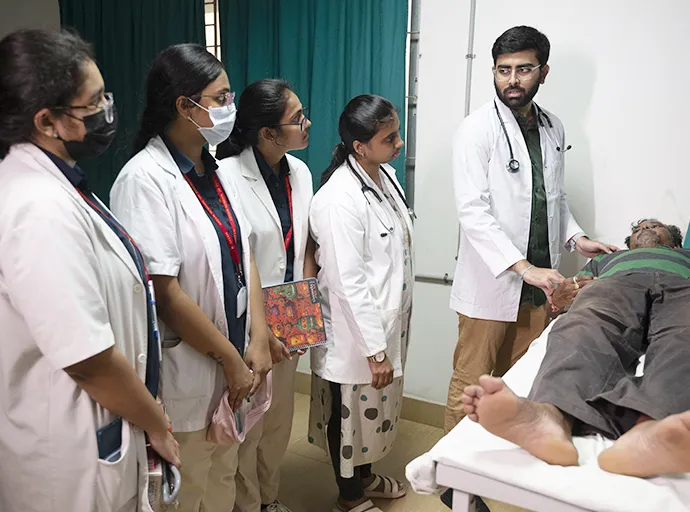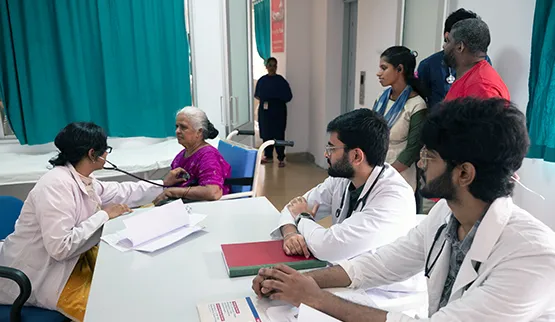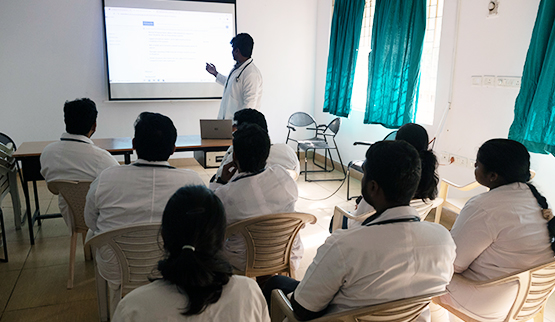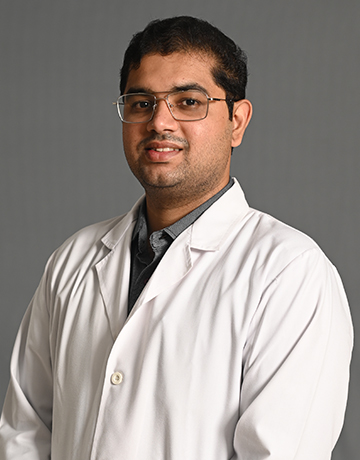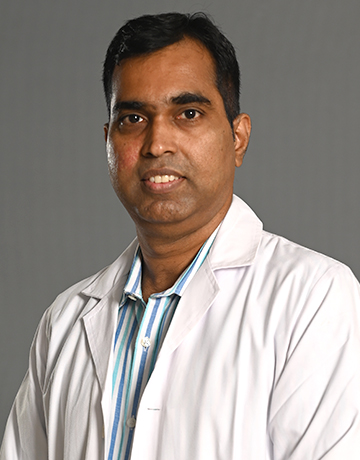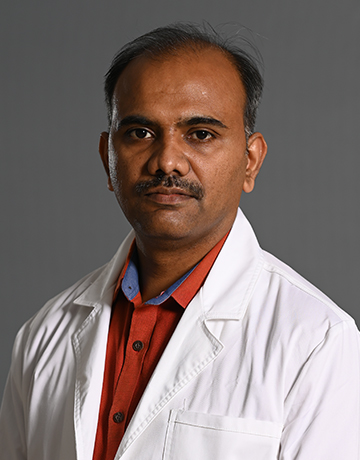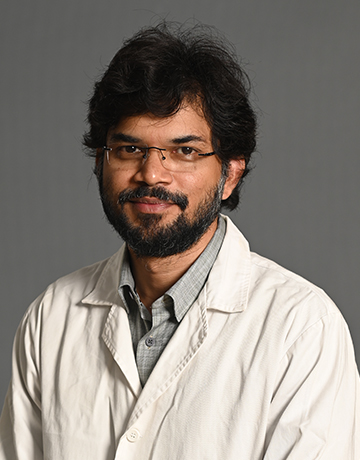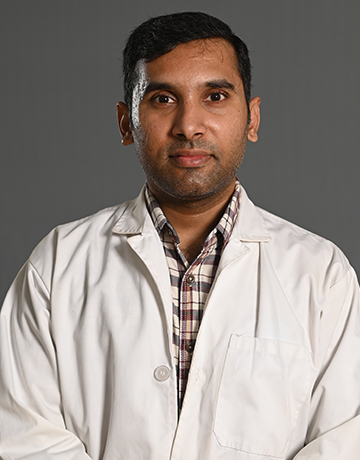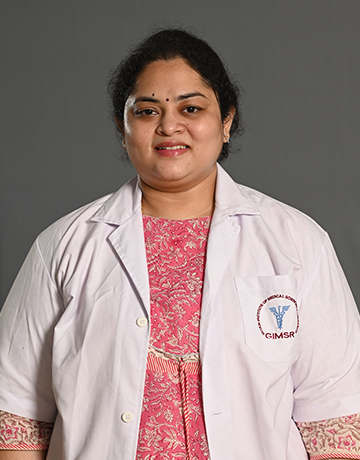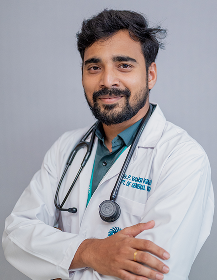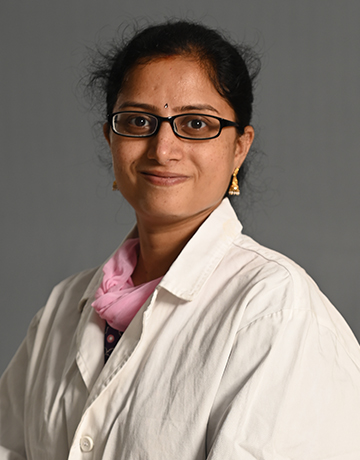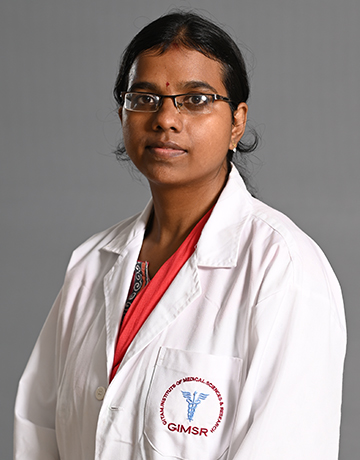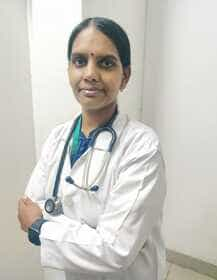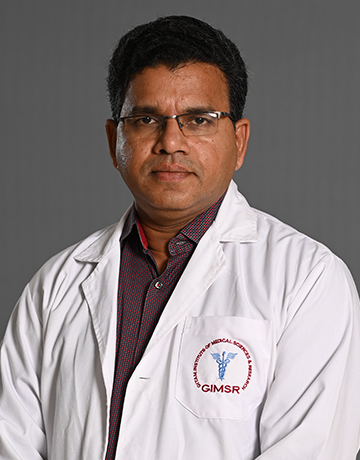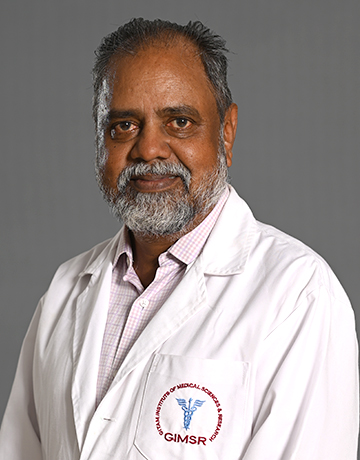
FACILITES IN THE DEPARTMENT
1. Collection of Books and Reference Materials
- Houses textbooks, reference books, and manuals related to internal medicine and its subspecialties (cardiology, endocrinology, infectious diseases, etc.).
- Includes standard textbooks such as Harrison’s Principles of Internal Medicine, Davidson’s Principles and Practice of Medicine, and Oxford Handbook of Clinical Medicine.
- Contains exam preparation guides, question banks, and clinical case books for PG entrance and MD exam preparation.
2. Journals and Periodicals
- Access to recent national and international journals related to internal medicine.
- Back issues of prominent journals like The New England Journal of Medicine (NEJM), The Lancet, Journal of the Association of Physicians of India (JAPI), and others.
3. Digital and Online Resources
- General medicine departmental libraries offer access to online databases such as PubMed, ClinicalKey, UpToDate, and Medline through institutional logins.
- Computers or tablets may be available for digital access and literature review.
Function:
The Cath Lab is a specialized unit where diagnostic and therapeutic procedures related to the heart and blood vessels are performed.
Key Features:
The Cath Lab is a specialized unit where diagnostic and therapeutic procedures related to the heart and blood vessels are performed.
- Equipped with advanced imaging technology (fluoroscopy, angiography) to visualize arteries, heart chambers, and valves.
- Common procedures: Coronary angiography, angioplasty (PCI), pacemaker implantation, and cardiac catheterization.
- Run by trained cardiologists and technicians, often in collaboration with the General Medicine Department for patient referrals and pre/post-procedure care.
- Nerve Conduction Study (NCS) and Electroencephalogram (EEG) Room
Function:
These rooms are used for neurophysiological testing to evaluate nervous system function.
NCS Room:
- Assesses peripheral nerve function.
- Useful for diagnosing conditions like peripheral neuropathy, carpal tunnel syndrome, Guillain-Barré syndrome, etc.
EEG Room:
- Records electrical activity of the brain.
- Commonly used in the evaluation of seizures, epilepsy, encephalopathies, and coma.
Function:
- This room is designated for gastrointestinal diagnostic and therapeutic procedures.
Key Procedures:
- Upper GI endoscopy (EGD): Visualization of esophagus, stomach, duodenum.
- Colonoscopy: Examination of the colon and rectum.
- Sigmoidoscopy, foreign body removal, variceal banding, and biopsies.
Equipment:
- Video endoscope systems, suction apparatus, biopsy tools, and monitors.
Function:
- This is a specialized unit for patients requiring renal replacement therapy, particularly hemodialysis.
Key Features:
- Equipped with hemodialysis machines, water purification units, and patient monitoring systems.
- Managed by nephrologists or trained physicians, with support from dialysis technicians and nurses.




